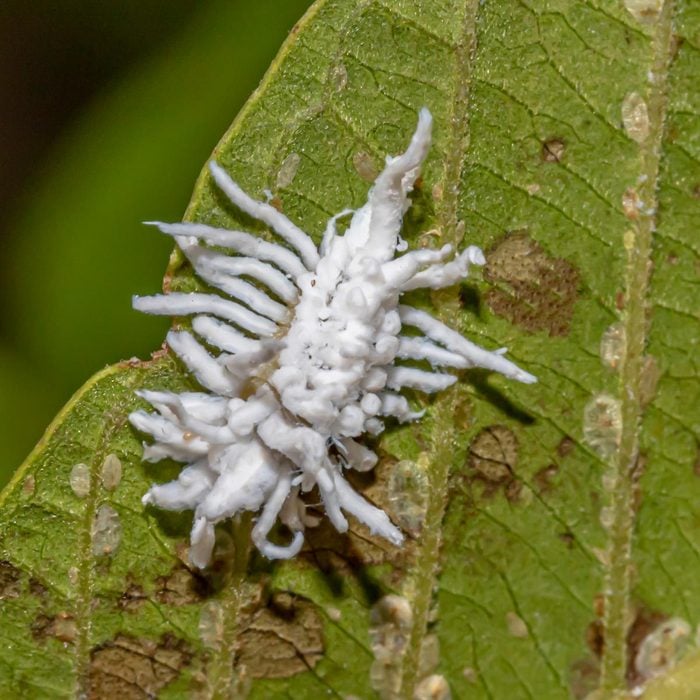
Mealybug Destroyer
Mealybugs are those annoying armoured beetles that you’ll often find in your garden or indoor greenhouse. They’re a problem for gardeners because they feed on plant juices, and carry and spread plant disease. Enter the mealybug predator, or Cryptolaemus montrouzieri. Specifically brought from Australia for pest control, the mealybug destroyer is harmless to plants and humans, but as a larvae and adult, eats aphids and other soft shelled pest insects, and of course, mealybugs.
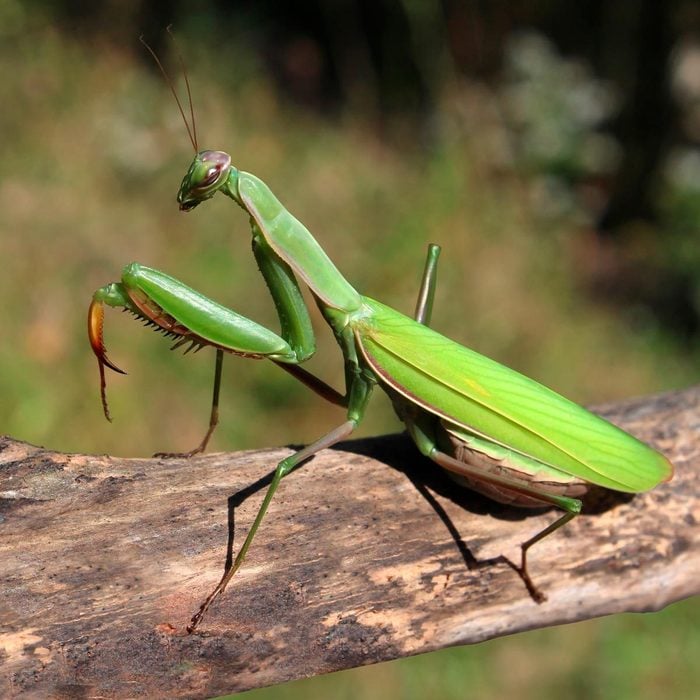
Praying Mantis
The largest and most formidable of garden insects is the praying mantis. This “faithful” insect features a large triangular head with bulging eyes and a long body in which they conceal their wings. Mantises have enlarged forelegs used for catching and holding prey. Yes, to satisfy their enormous appetites, these predators feed on other bugs like aphids, caterpillars and beetles. If you find this beneficial insect in your garden, do not kill it. If you find one somewhere else, put it in your garden.
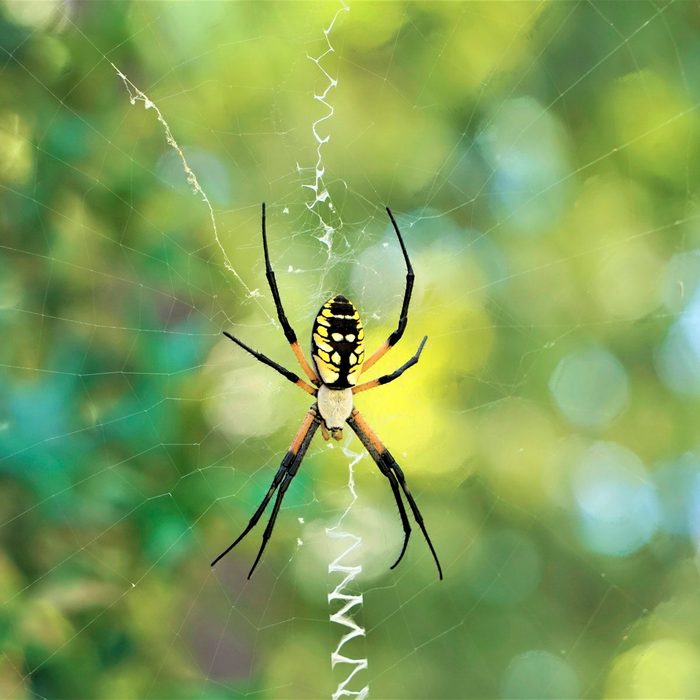
Spiders
If you are terrified of spiders, understand they mean your garden no harm. In fact, they weave their webs to catch those bugs you don’t want eating your plants. Will they bite you? Probably not. And if they do, chances are the bite will kill you is pretty slim. Your average garden spider is non-lethal, at least to humans.
Discover creepy crawly facts about spiders.
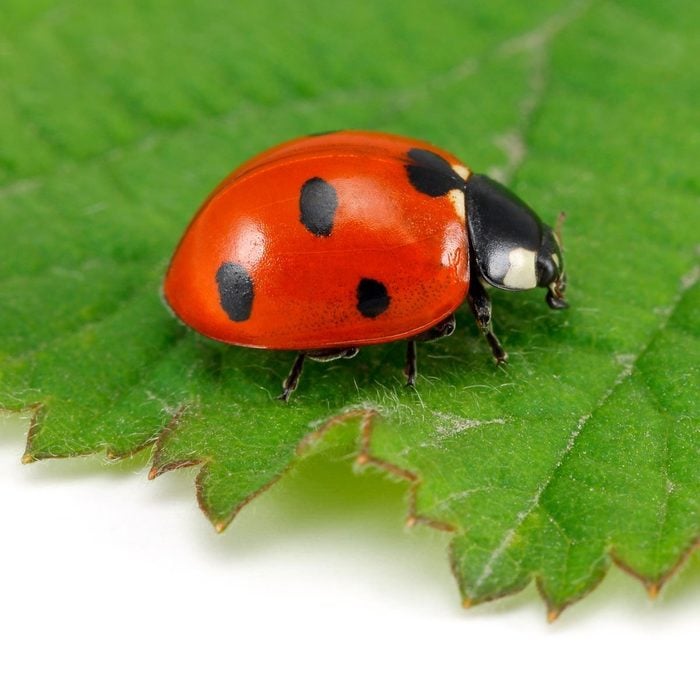
Lady Beetle
Commonly known as the ladybug, the lady beetle (Hippodamia convergens) eats aphids, mites, other soft-bodied bugs and all the eggs she can find. Not only is the ladybug a bug you want to keep around, some gardeners even buy them in bulk to introduce them to their garden.
Do not, however, confuse the lady beetle with the Japanese or Asian beetle (Harmonia axyridis). This invasive species, while equally harmless in the garden, is a pest that invades homes and buildings in large numbers, just like the dreaded stink bugs.
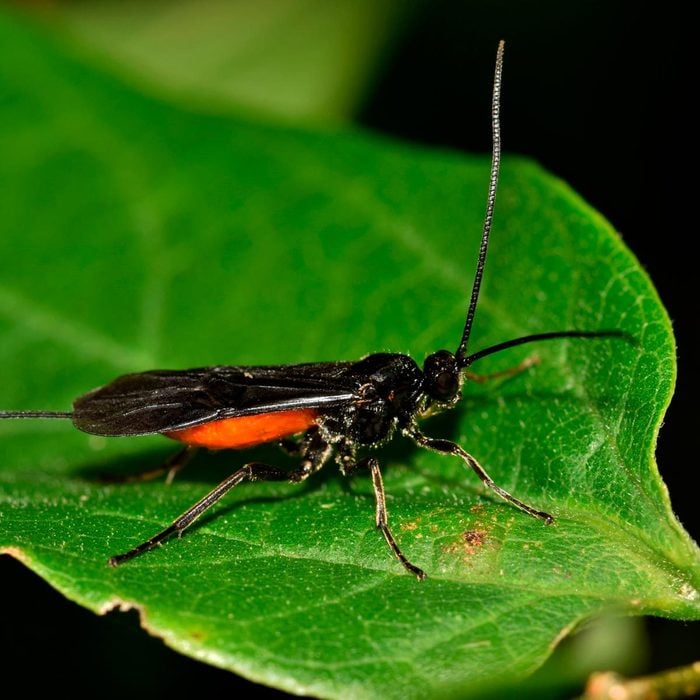
Braconid Wasp
If you love tomatoes, you will love what the Braconid wasp can do for you. An enemy of the dreaded tomato hornworm, this wasp lays its eggs just under the skin on the back of the worm. When the eggs hatch, the larvae feed on the insides of the hornworm, literally eating it alive. The larvae then chew their way out through the skin and spin a cocoon on the back of the hornworm. Of course, the hornworm eventually dies. And your tomatoes are saved!
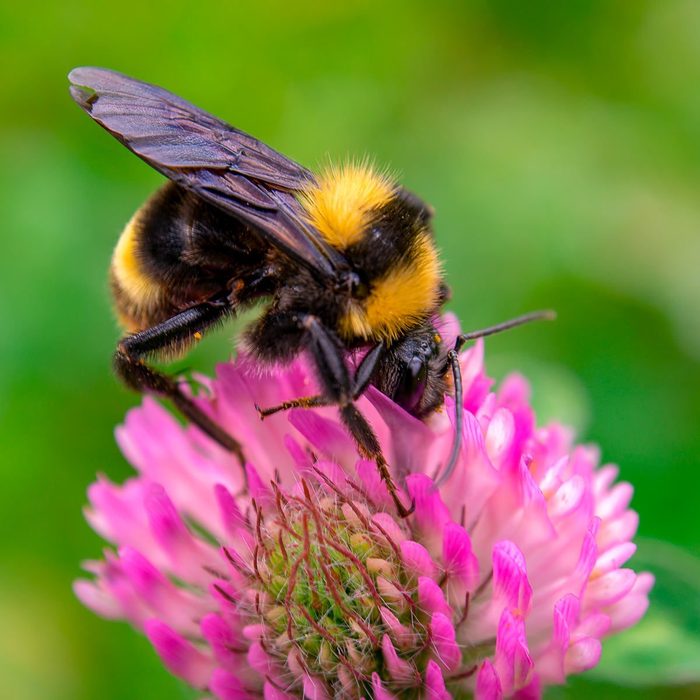
Bumblebee
Everyone knows about the threat to the honeybee and the concerns about colony collapse disorder. But, maybe you didn’t realize that all of our plant pollinators are threatened. In fact, several species of bumblebee are included on the U.S. Fish and Wildlife Service’s list of endangered species. These harmless bees are important because they pollinate plants that other native bees or European honeybees cannot.
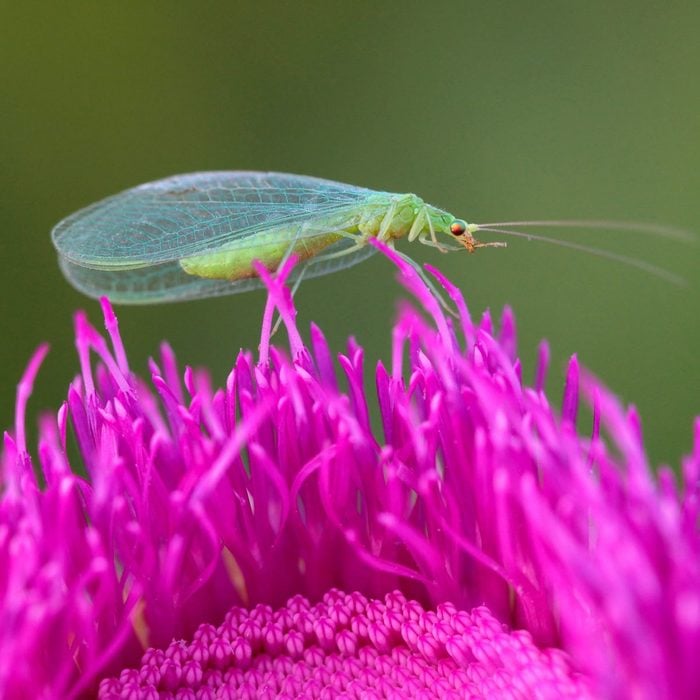
Green Lacewing
In its larval stage, the green lacewing is known to devour over 200 aphids in a week, as well as other soft-bodied pests. That’s a lot of bugs. They continue this feeding frenzy for two to three weeks before spinning into tiny cocoons. The adults feed on nectar and pollen but continue the beneficial cycle of eating aphids by laying up to 200 eggs on the underside of leaves.
Psst—here’s how to get rid of the worst garden insects.
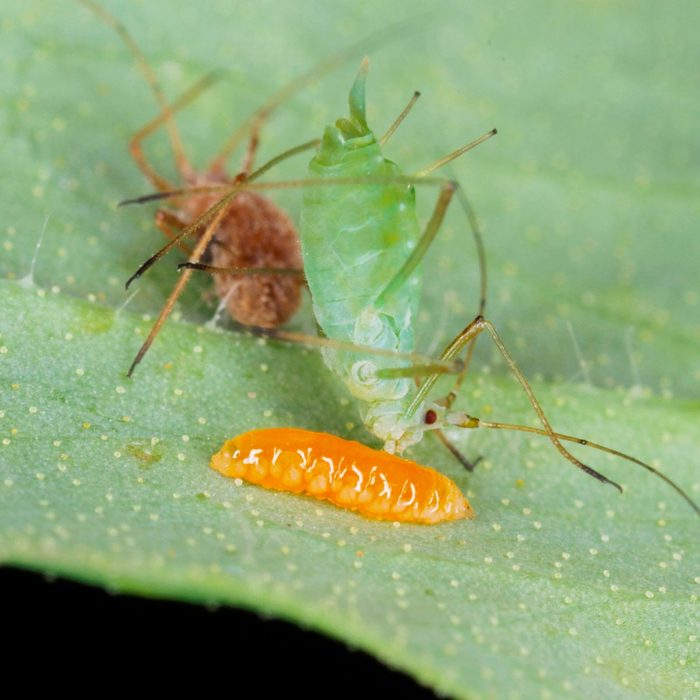
Aphid Midge
The tiniest of flies, the aphid midge stands tall on its slender legs with its antennae positioned backward over its head. Its larvae are bright orange and feed on soft-bodied pests. Because they eat 60 different species of aphids, these beneficial bugs are invaluable in the garden. In fact, they can wipe out aphids faster than the lady beetle or green lacewing.
Introducing beneficial insects to your garden is one way to manage your bug population. However, there are other natural methods of insect control for critter-proof gardens and planters.